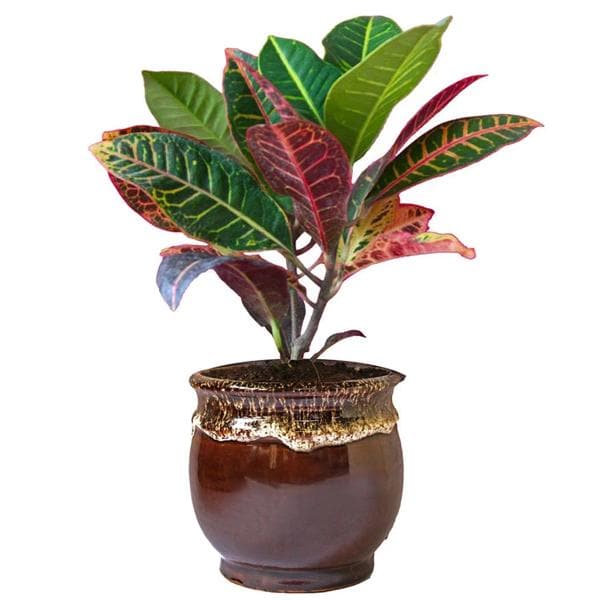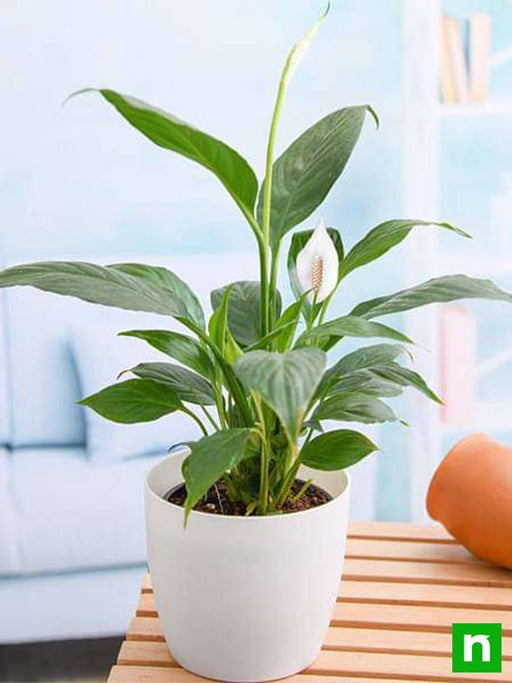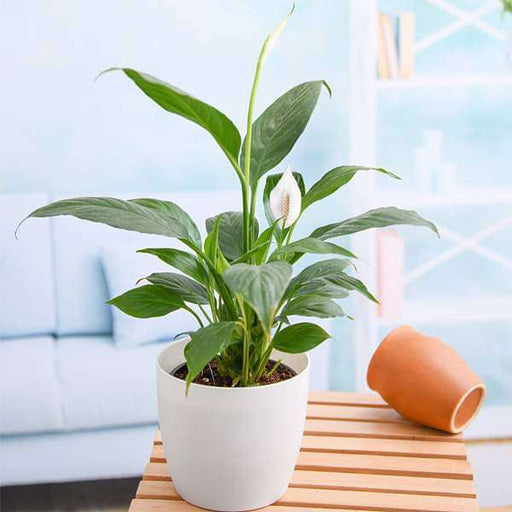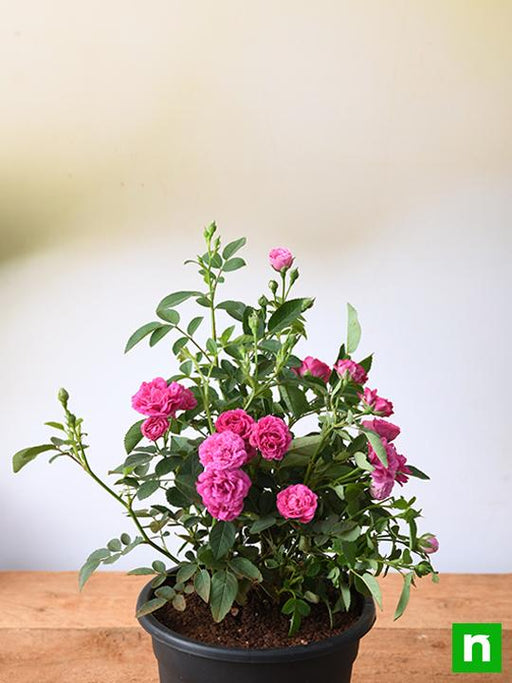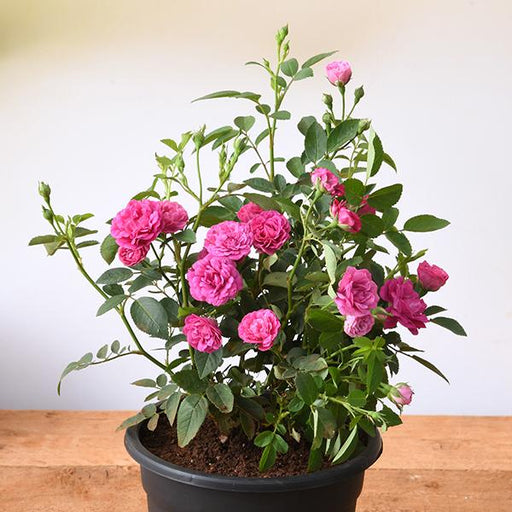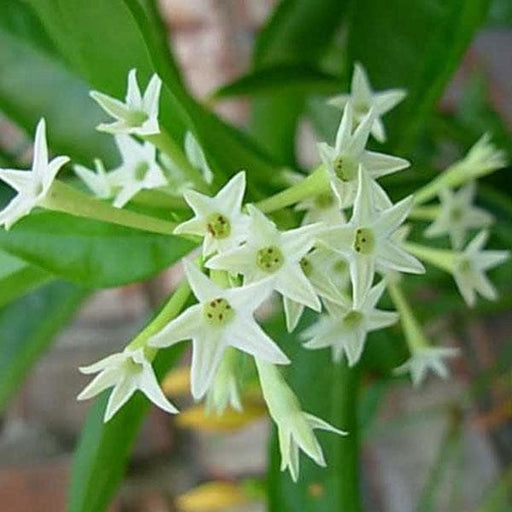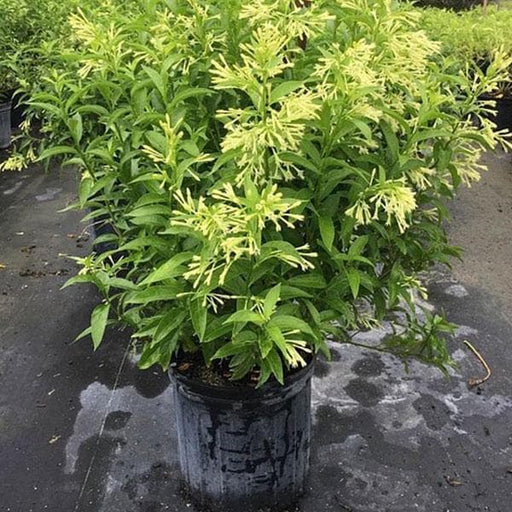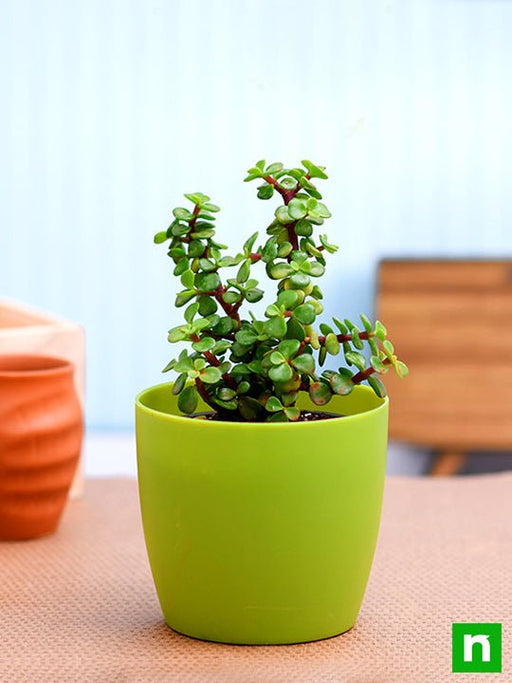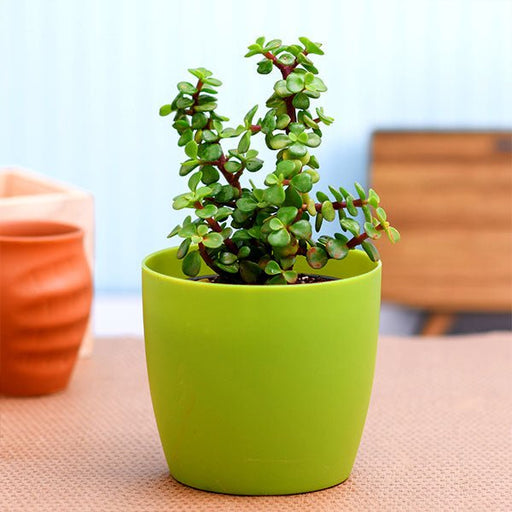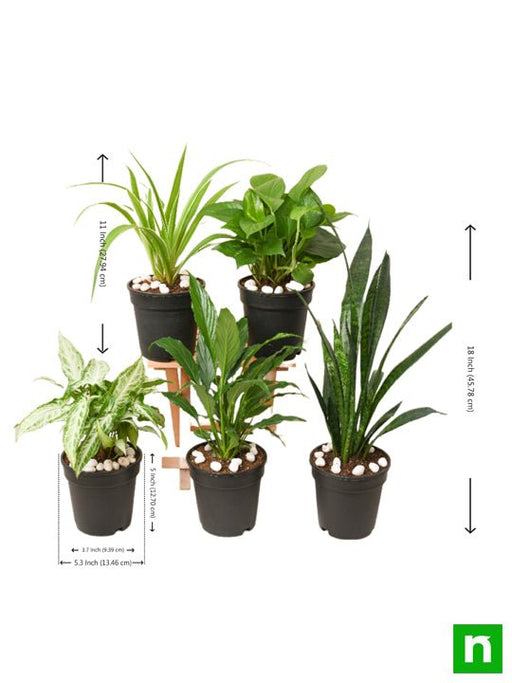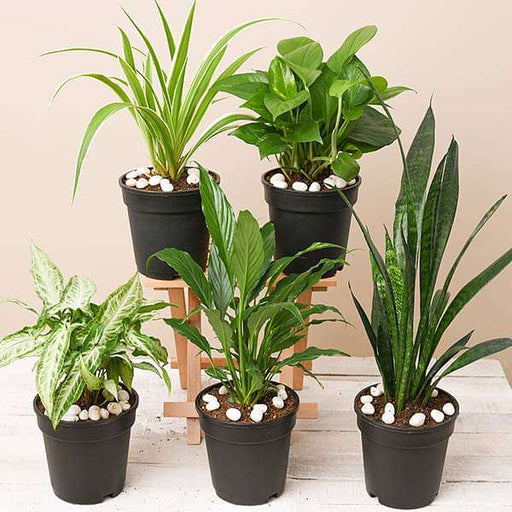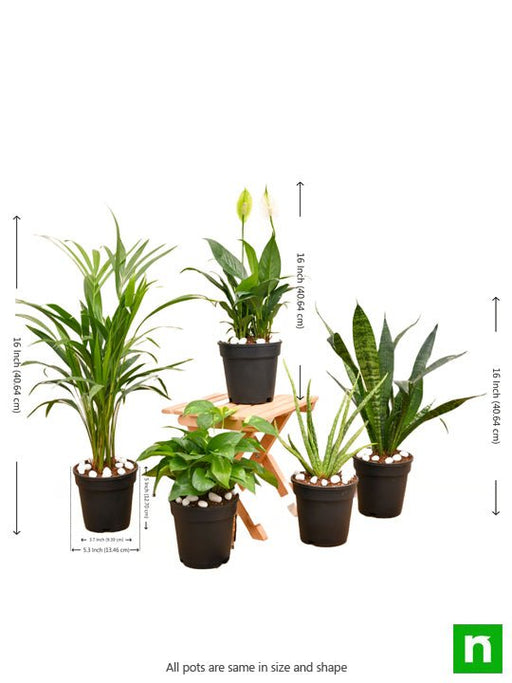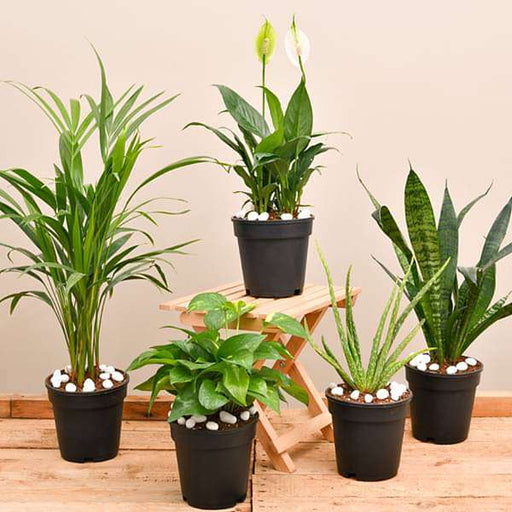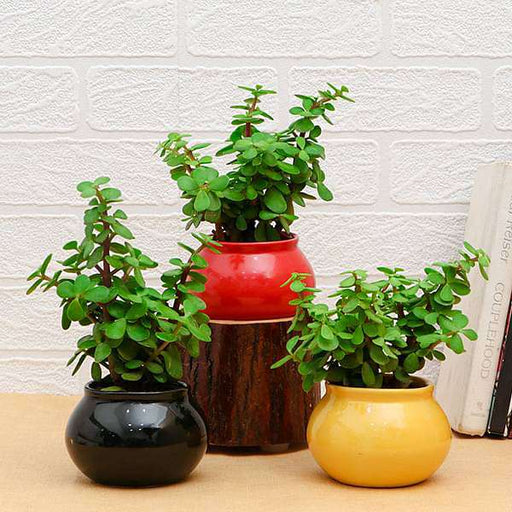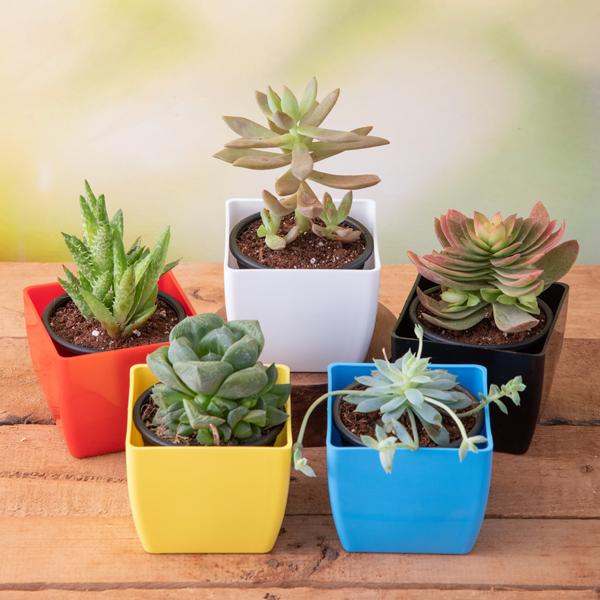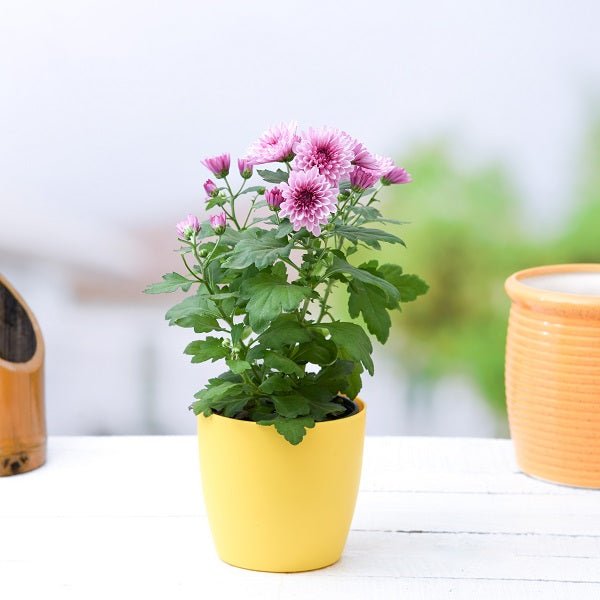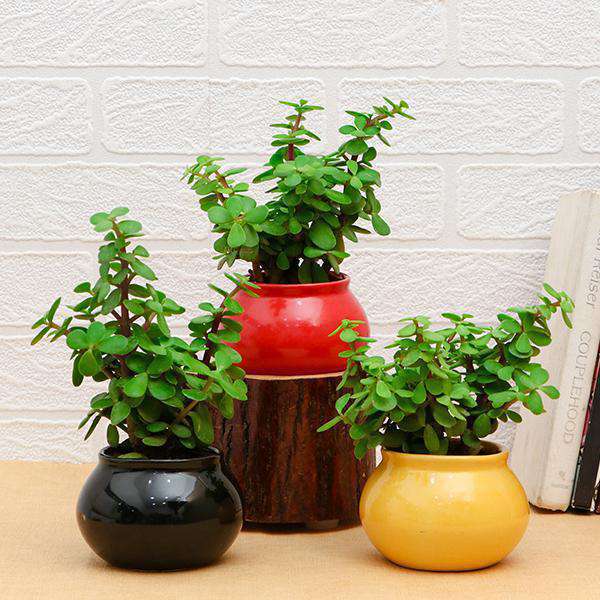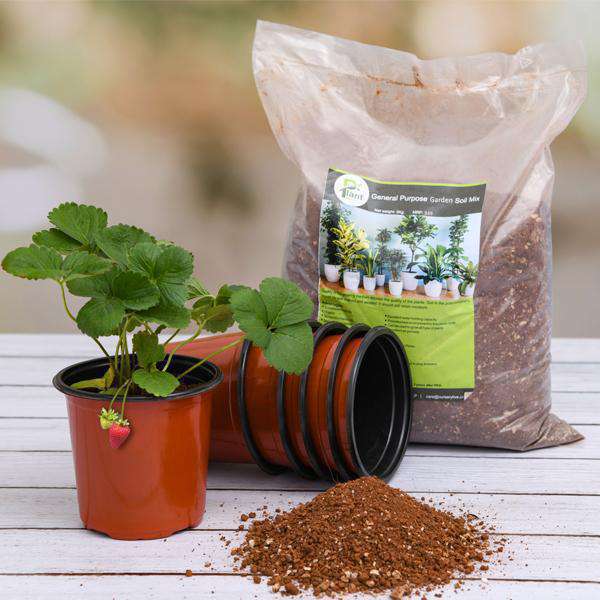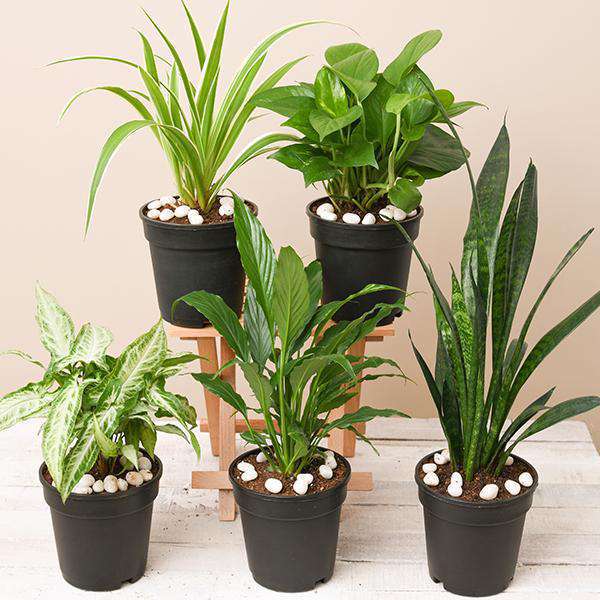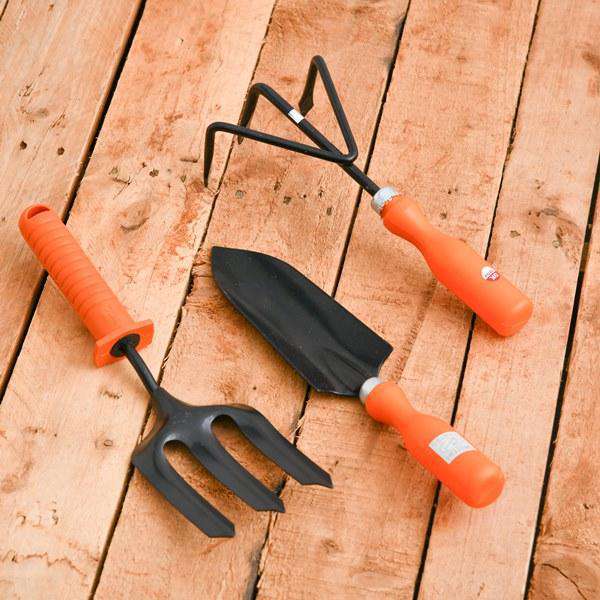Croton Plant Care
If you think caring for a Croton is as easy as watering a cactus, think again! This vibrant diva demands attention with its colorful leaves and specific light requirements. Treat it like royalty, and it will reward you with a kaleidoscope of colors. Just remember, too much love (or water) can lead to a sad, droopy plant. So, channel your inner plant whisperer and keep that balance!
Codiaeum Variegatum Benefits
Who knew that a plant could be a multitasker? The Codiaeum variegatum not only beautifies your space but also purifies the air. It’s like having a personal assistant that doesn’t complain! With its ability to filter toxins, this plant is the eco-friendly companion you didn’t know you needed. Plus, it’s a conversation starter—everyone loves a plant with a fancy name!
Croton Plant Varieties
Variety is the spice of life, and the Croton plant is no exception! With a plethora of varieties like ‘Petra’ and ‘Gold Dust,’ you can create a botanical buffet in your home. Each variety boasts its own unique leaf patterns and colors, making it a fun challenge to collect them all. Just be prepared for your friends to think you’ve opened a mini botanical garden!
Croton Plant Toxicity
the Croton plant is not a snack! While it may look like a colorful salad, its leaves are toxic to pets and humans alike. So, if you have curious cats or dogs, keep this beauty out of their reach. It’s a plant that says, “Look, but don’t touch!” Consider it a botanical version of a “Do Not Enter” sign.
Croton Plant Propagation
Want to expand your Croton empire? Propagation is the name of the game! Snip a healthy stem, pop it in water, and watch it grow roots like a pro. It’s like giving your plant a second chance at life. Just remember, patience is key—roots don’t grow overnight, but when they do, you’ll feel like a proud plant parent!
Croton Plant Light Requirements
If you thought your Croton could thrive in the dark, think again! This plant is a sun worshipper, craving bright, indirect light to flaunt its colors. Too little light, and it’ll sulk; too much direct sun, and it might just throw a tantrum. Find that sweet spot, and your Croton will shine brighter than your ex’s excuses!
Croton Plant Soil Needs
The right soil is like a cozy bed for your Croton. It craves well-draining, nutrient-rich soil to keep its roots happy. Think of it as a five-star hotel experience for your plant. If you skimp on the soil quality, don’t be surprised if your Croton starts to look a little under the weather. Treat it right, and it’ll thrive like a celebrity in a spa!
Croton Plant Watering Tips
just the right amount! Check the top inch of soil; if it’s dry, it’s time for a drink. But don’t go overboard—this isn’t a swimming pool party. Your Croton will thank you with vibrant leaves!
Croton Plant Pests
Beware, the Croton plant has its fair share of uninvited guests! Aphids, spider mites, and mealybugs love to crash the party. Keep an eye out for these little pests, and don’t hesitate to kick them to the curb with insecticidal soap or neem oil. After all, your Croton deserves a pest-free life, just like you deserve a drama-free existence!
Croton Plant Fertilization
If you want your Croton to strut its stuff, a little fertilizer goes a long way! During the growing season, feed it with a balanced liquid fertilizer every month. Think of it as a spa day for your plant—boosting its energy and enhancing those stunning colors. Just don’t overdo it; too much fertilizer can lead to a plant that’s more “hot mess” than “hotshot.”
Croton Plant Indoor vs. Outdoor
To be or not to be—an indoor or outdoor plant? The Croton can thrive in both settings, but it’s a bit of a diva. Indoors, it prefers bright, indirect light, while outdoors, it loves a warm, sunny spot. Just remember, if you take it outside, don’t forget to bring it back in when the weather gets chilly. This plant is not a fan of frost!
Croton Plant Styling Ideas
Looking to jazz up your space? The Croton plant is your go-to stylist! With its bold colors and unique shapes, it can elevate any room from drab to fab. Use it as a statement piece in a corner or group it with other plants for a lush jungle vibe. Your home will be the envy of all your friends, and your Croton will bask in the spotlight!
